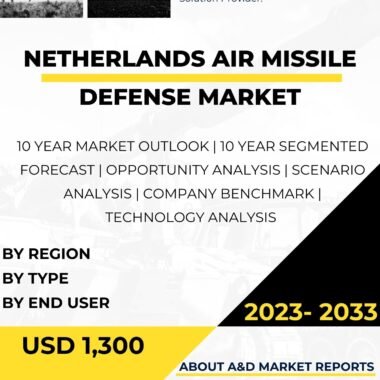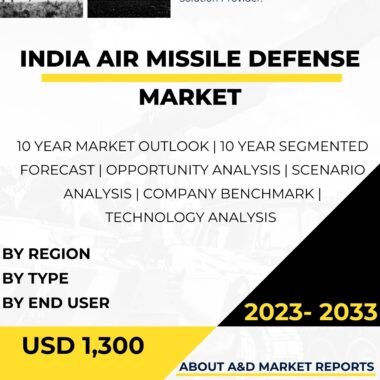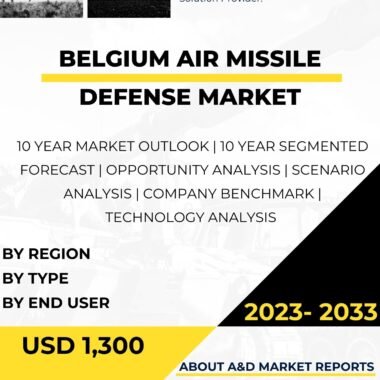Description
South Korea, located in a geopolitically sensitive region, faces various security challenges, including potential missile threats from neighboring countries. As a response, the country has invested significantly in its air missile defense capabilities to safeguard its territory and population. The South Korean Air Missile Defense market has witnessed substantial growth, fueled by advancements in technology, international collaborations, and domestic defense industry development. This article provides a comprehensive analysis of the South Korean Air Missile Defense market, encompassing its current state, major systems, key players, challenges, and future prospects.
The South Korean Air Missile Defense market has experienced significant expansion in recent years, driven by the country’s determination to address regional security threats effectively. South Korea’s strategic location and proximity to North Korea have propelled the nation to focus on developing a robust air missile defense infrastructure. The country has been actively engaged in procuring, developing, and integrating various air defense systems to protect its vital assets and population centers.
The Patriot system, manufactured by Raytheon, is one of the primary air missile defense systems deployed in South Korea. It provides medium-to-long-range air defense capabilities against ballistic missiles, cruise missiles, and aircraft. The South Korean Air Force operates the Patriot PAC-2 and PAC-3 variants, and their continuous modernization efforts have led to enhanced performance and improved interoperability.
Developed domestically by LIG Nex1, the KM-SAM is a medium-range surface-to-air missile system designed to intercept incoming enemy missiles and aircraft. Its versatility and effectiveness have made it a vital component of South Korea’s air missile defense architecture.
The United States’ THAAD system, integrated into the South Korean defense network, provides advanced missile defense capabilities. THAAD is designed to intercept and destroy short, medium, and intermediate-range ballistic missiles during their terminal phase.
Developed by Hanwha Defense, the K-SAM Pegasus is a short-range air defense system that provides mobile and effective protection against various aerial threats. Its mobility and versatility make it suitable for protecting key military installations and forward operating bases.
South Korea’s air missile defense efforts have also benefited from international collaborations. The presence of the U.S. Forces Korea has facilitated technology transfers and joint exercises, enabling South Korea to improve its air defense capabilities significantly.
In addition to international collaborations, South Korea has pursued indigenous developments to strengthen its self-reliance in air missile defense systems. By fostering partnerships with domestic defense contractors and research agencies, the country has made strides in developing homegrown solutions that cater to its unique defense needs.
Despite significant progress, the South Korean Air Missile Defense market faces several challenges:
The unpredictable and evolving nature of missile threats necessitates continuous modernization and adaptation of air missile defense systems.
The acquisition and maintenance costs of advanced air missile defense systems pose financial challenges for South Korea’s defense budget.
The country’s air missile defense systems are primarily focused on protecting key areas in the central and western regions, potentially leaving some areas vulnerable.
Looking ahead, the future prospects for the South Korean Air Missile Defense market are promising. The country’s commitment to technological advancement, international collaborations, and indigenous developments will drive innovation and strengthen its air missile defense capabilities. Continued cooperation with the United States and other allies will facilitate technology transfers and joint development projects, further enhancing South Korea’s defense posture. As missile threats continue to evolve, South Korea’s proactive approach to air missile defense will remain critical for ensuring regional stability and safeguarding its interests.
The South Korean Air Missile Defense market has evolved significantly to address regional security challenges and protect the nation’s critical assets. With a focus on indigenous developments and international collaborations, South Korea has acquired and developed advanced air missile defense systems to bolster its defense capabilities. However, challenges such as evolving missile threats and budget constraints persist, necessitating continued investment in research, development, and innovation. As the country continues to enhance its air missile defense infrastructure, it will remain well-positioned to deter potential adversaries and maintain regional stability.




